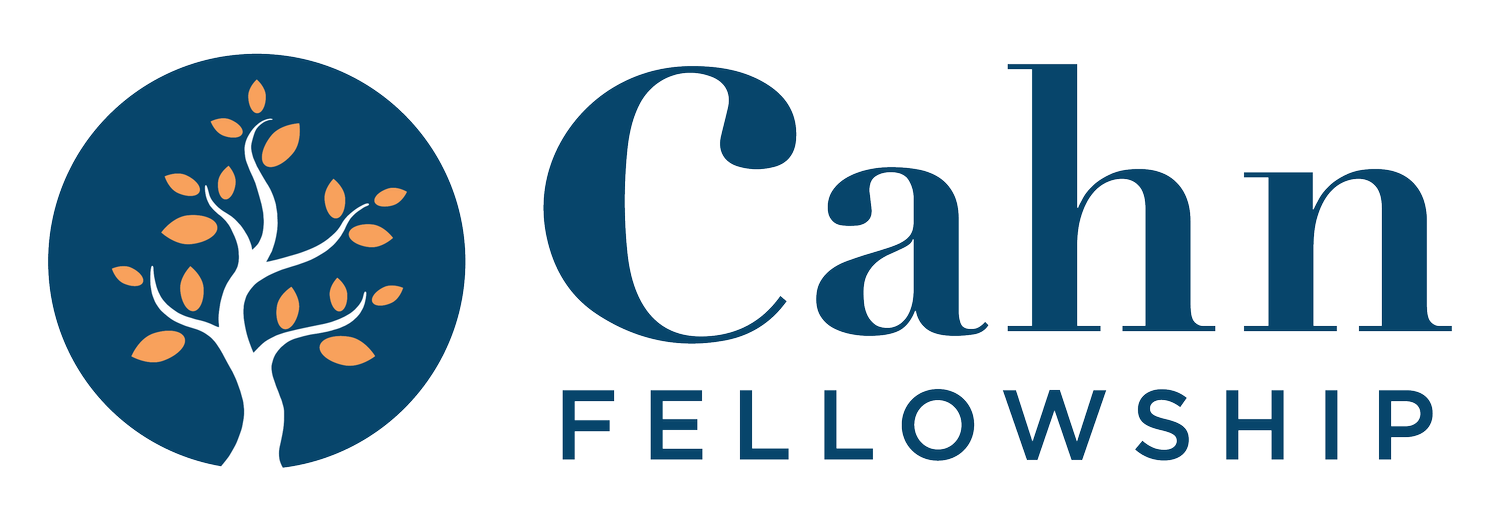Building Teacher Leader Capacity
Jonathan Calvin Smith • Cahn Fellow 2018
My current problem of practice at the David W. Carter High School, an urban high school, centers on building instructional capacity and leadership skills for teachers. The Dallas ISD Campus Climate Survey results, a compilation of responses from campus faculty and support staff published semiannually, demonstrate a need to improve campus culture and systems and provide teachers with timely, actionable feedback to improve the quality of instruction. Student Perception Surveys findings present a three-year stagnation in student engagement, below the district average and well-below neighboring feeder elementary and middle schools. All the 9th-grade students are promoted from Atwell Middle School, the only school out of 40, in the district with a Texas Agency Accountability Rating of Improvement Required. The attendance rate for 9th-grade students is 91%, well below the district average of 94%. Carter High School is within 10 miles of five suburban, open enrollment school districts. The zip code for Carter High School is home to a third of the public charter schools in the county. Families that live in the Carter High School community have a myriad of choices for their children’s education. As we seek “to be the superior scholarly selection” for families in our community, Carter High School must be positioned to provide the students from our academically struggling middle school with research-based support structures and systems to help our incoming 9th graders in the transition to high school. Carter currently serves 1250 students. For Carter to return to a campus of approximately 2000 students; we must have a strong, viable curriculum and quality instruction all day, every day that produces noteworthy outcomes in student achievement. It is my assertion that the instructional implementation gap in 9th grade is a key leverage point to moving the needle on the aforementioned data points.

